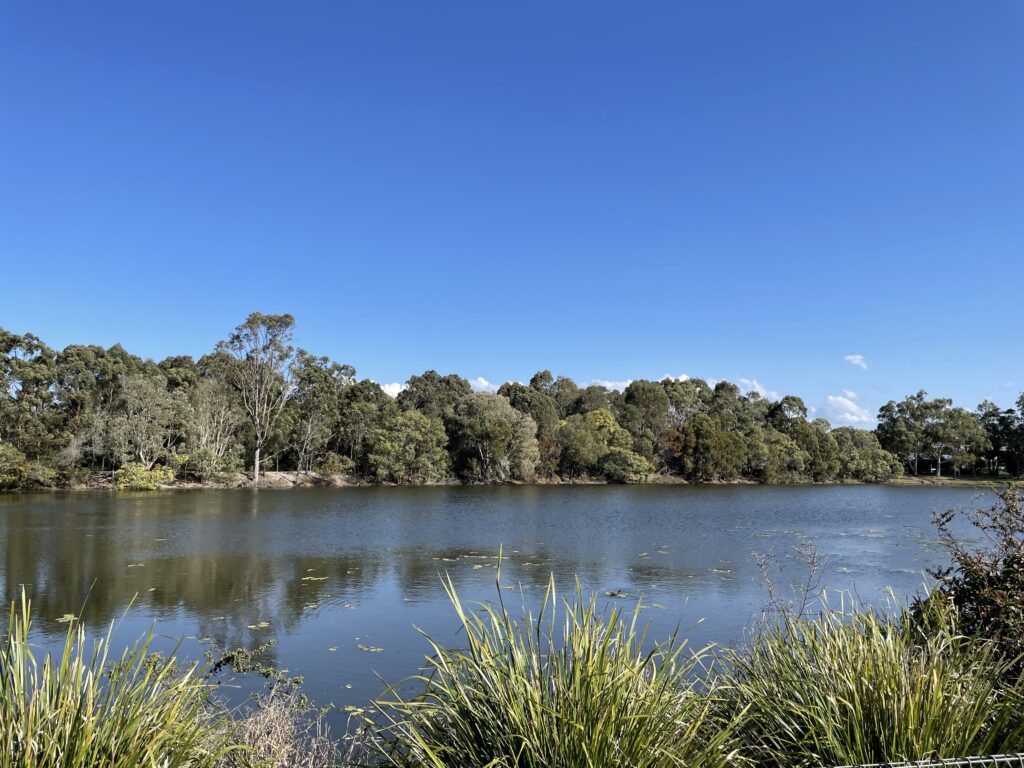Death Meditations: Eight Points of View
The following eight death meditations are abstracted from the Visuddhimagga, by Buddhaghosa (fifth century A.D.), a highly respected Buddhist monk-teacher.
To enable the meditator to come to grips with the reality of their own death, the text instructs reflecting on death from the following eight points of view:
1. Death as having the appearance of an executioner, that is, as though a murderer were standing in front of one ready to strike one down.
2. Death as the ruin of all success.
3. Death as the inevitable end for all persons: just as it strikes down the great and mighty, so will it strike us down also.
4. Death as the result of “sharing the body with many”: a reflection on the infinite number of factors, both internal and external, that can cause death.
5. Death as lying near at hand.
6. Death as “signless,” that is, nothing about it can be predicted or known in advance.
7. Death as the certain end of a lifespan that is short at best.
8. Death as a constant phenomenon, occurring at every moment.
Reflecting on the Eight Points
One may ponder these eight views while sitting, standing, lying down, or walking, or when one is riding in a car, a bus, a plane, or a train.
It is helpful to memorize them or to write them on a small card to keep for reference.
They can be elaborated or modified as one sees fit. That is, one may supply more personally meaningful metaphors or may relate these eight points to one’s own life experiences.
Their value, however, lies in retaining their essential formulations as reference points and reflecting on them.
In connection with these reflections, and as an adjunct to them, one needs to remind oneself again and again of how fortunate one is to have the rare privilege—the good karma—of being born a human being in this lifetime, and that the deepest purpose of human life is to awaken to the meaning of birth and death.
It is inadvisable to perform these exercises at random. Rather, begin with one exercise and continue to meditate on it until it has sunk deeply into your consciousness, after which you can go on to the next practice, working with it in the same manner.
Source: Based on Kapleau, Philip. The Zen of Living and Dying: A Practical and Spiritual Guide. Boston: Shambhala, 1998.

In connection with these reflections, and as an adjunct to them, one needs to remind oneself again and again of how fortunate one is to have the rare privilege—the good karma—of being born a human being in this lifetime, and that the deepest purpose of human life is to awaken to the meaning of birth and death.
(Philip Kapleau, The Zen of Living and Dying)
